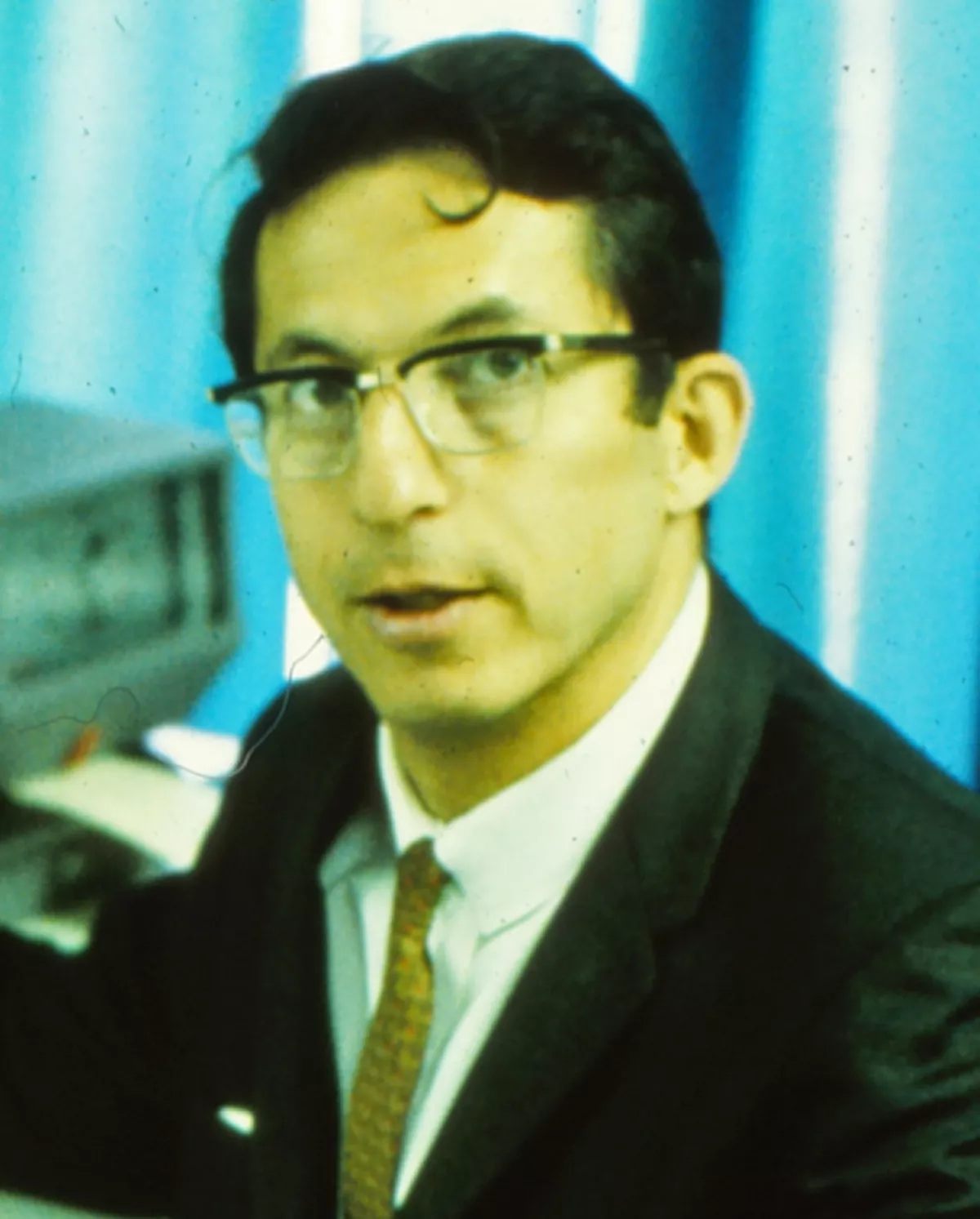 1.
1. At the NBRF Ledley pursued several major projects: the early 1960s development of the Film Input to Digital Automatic Computer, which automated the analysis of chromosomes; the invention of the Automatic Computerized Transverse Axial whole-body CT scanner in the mid-1970s; managing the Atlas of Protein Sequence and Structure ; and the establishment of the Protein Information Resource in 1984.